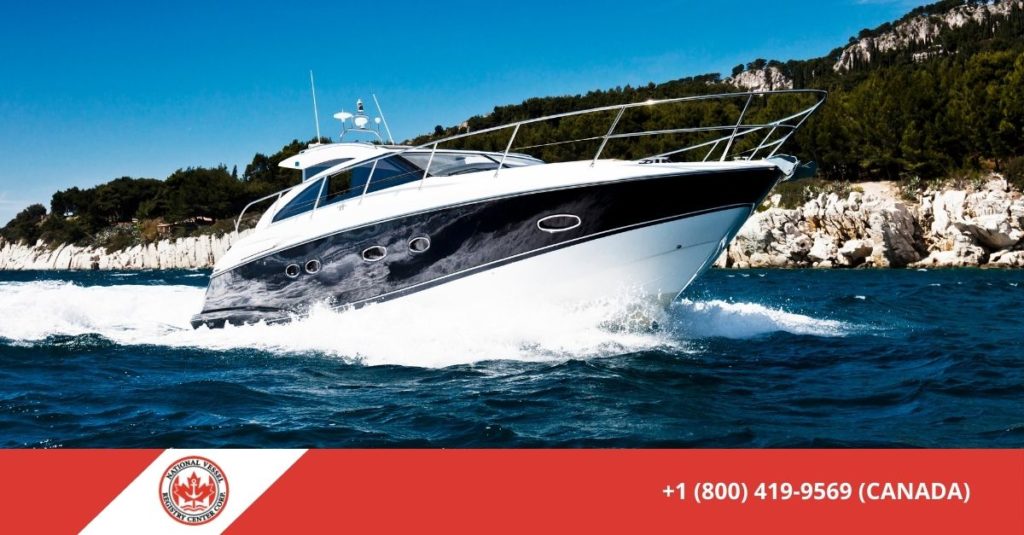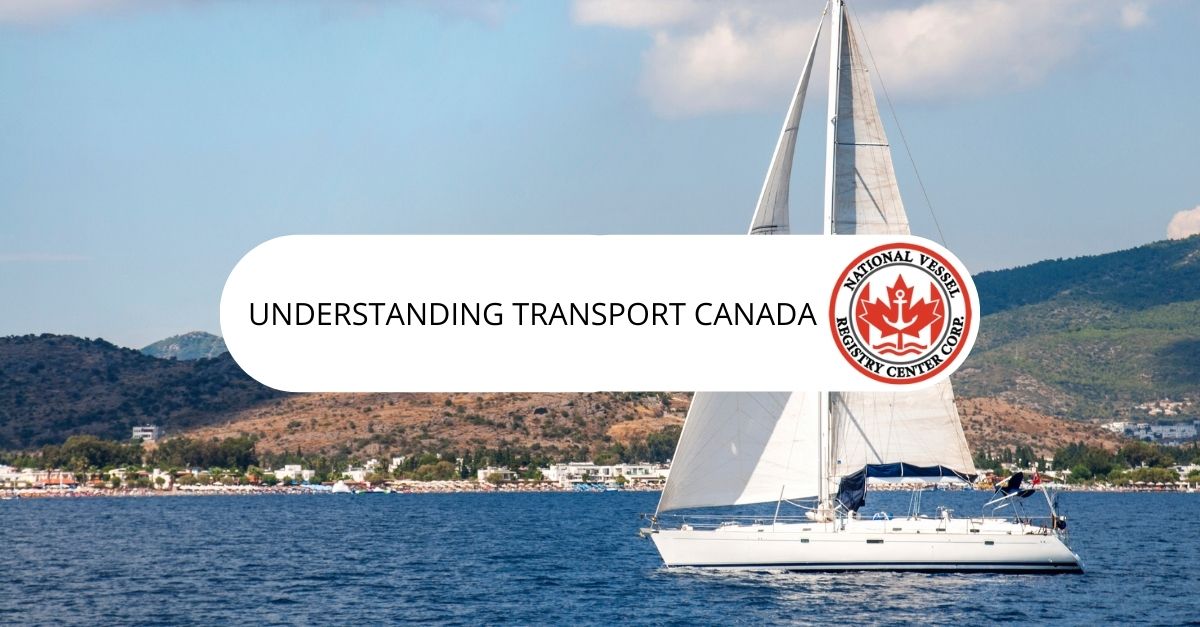The National Vessel Registry processes forms through Transport Canada to simplify the registration or licensing process for pleasure craft and commercial boat owners. The agency is Canada’s go-to resource for anything related to marine transport and all other matters of transportation.
Getting familiar with the Transport Canada site is helpful if you want to learn more about boater compliance and safety.
The Mission of Transport Canada
In terms of transportation, it is up to Transport Canada (TC) to make decisions and carry out specific agendas and plans. The governmental agency encourages people to travel in a more secure, efficient, and eco-friendly manner.
Canada’s parliament and citizens are kept informed about Transport Canada’s activities through the Ministry of Transportation. The governmental organization collaborates with a wide range of stakeholders to ensure that every aspect of Canada’s transportation system is operating at optimum levels. In addition to its headquarters in Ottawa and five regional offices, TC employs approximately 5,800 employees.

The safe and efficient transportation of people and products has been Transport Canada’s mission since 1936. Needless to say, it’s a massive undertaking to cover 10 million square kilometers and the world’s longest coastline.
People who travel by vehicle, bus, or rail benefit from a well-operated transportation system’s performance. Therefore, transportation is critical to Canada’s economic prosperity and growth.
According to Transport Canada, transport activities bind communities together, generate $72 billion in revenue each year, and employ roughly 1 million people. Transportation, alone, allocates a 3.8% share of Canada’s total GDP.
Because there are hundreds of lakes and rivers in Canada, the country has more shorelines than any other nation. Regulating and monitoring recreational ships, as well as commercial and foreign-registered vessels, ensures the safety of the waterways. The safety of offshore drilling rigs and the certification of commercial Canadian ships’ personnel are two of TC’s primary concerns and undertakings.
A Major Presence at Canadian Ports
To ensure the safety of Canada’s seas and waterways, Transport Canada maintains a presence in all major Canadian ports.
For example, TC authorities inspect foreign vessels entering Canadian waters for conformity to international maritime agreements as part of the Port State Control ship inspection program.
Also, TC limits noise and speed to protect marine life such as whales. Together with other governmental mandates, Transport Canada’s Oceans Protection Plan aims to build and strengthen Canada’s marine safety system.
Making the Water a Safer Place
The governmental agency’s marine safety program covers the safety of recreational boaters and commercial vessels by outlining guidelines for compliance and enforcement.
Another area that TC covers involve marine and navigational conditions. This includes navigation by region, including the management of traffic systems, communication, and related aids. These aids include nautical charting, weather reporting, and icebreaking activities.
Are you new to boating? How do you fill certain safety requirements? TC answers these questions and defines how to stay safe when operating a pleasure crat or using a life jacket. You can use the site to compile safety checklists or plan journeys on Canadian waterways.
Do You Need a Boat Operator’s Card?
TC gives you the information you need to apply for a Pleasure Craft Operator Card (PCOC) and to train and certify for the endorsement. It also provides information about Canada’ Coast Guard College.
You can access information through Transport Canada on vessel licensing and registration, whether you need to license a commercial boat or pleasure craft or apply for a coasting trade license.
Canadian and non-Canadian boat owners can also get the details they need for inspection and certification of their vessels and learn more about exemptions and voluntary compliance or appeals.
In addition, TC is a resource for legislation related to Canada’s Navigation Protection Program. By visiting the site, you can find out more information about vessel design, construction, and maintenance.
Do You Ship Across or Navigate Arctic Waters?
Are you involved in shipping activities in Arctic waters? If so, Transport Canada provides reporting requirements for ships, pollution prevention guidelines, and polar class vessel and crewing requirements.
Environmental Marine Resources
TC also offers environmental resources related to tanker safety, marine spills, and the reporting of abandoned boats.
TC sets the service standards for ports, and port fees and oversees the work of port authorities and the operations at anchorages and harbors. The agency also establishes the guidelines for liability – who is responsible, for instance, to pay for situations where wreckages or hazardous materials or substances exist?.
The transport agency conducts investigations that involve unsafe conditions or marine accidents. Coast Guard search and rescues fall under TC’s jurisdiction as well as other marine emergencies.
Getting Familiar with the Transport Canada Site
As you can see Transport Canada answers the transportation needs in Canada of Canadians and non-Canadians alike. If you have any marine questions, you can use the TC website as your resource for anything and everything that concerns marine transport.

